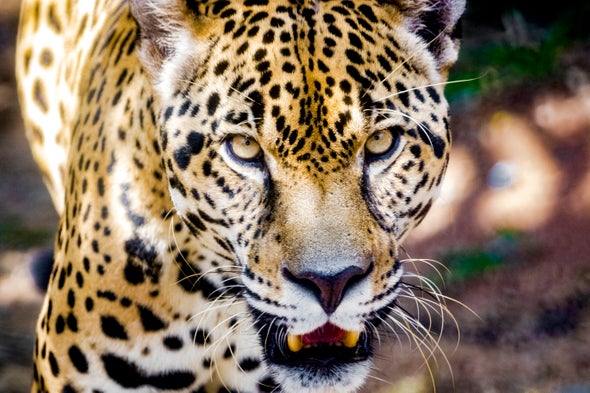Panama, the broken link?

A study recently published in Conservation Biology has called Panama, the narrowest part of the Mesoamerican Biological Corridor (MBC), the broken link.
According to the study the expansion of human populations in Panama is increasingly leaving animals such as white-lipped peccaries, jaguars, giant anteaters, white-tailed deer and tapirs isolated throughout the country.
“The results strongly suggest that the bridge [through Panama] is broken,” wrote ecologist Ninon Meyer, lead author of the study. “Until a few decades ago, many of these large mammal species still occurred continuously throughout the isthmus”, she says.
Ninon brought to light a scary reality, "now the animals live in forest islands,” she explained, surrounded by cattle ranches, fields of crops, roads and other human developments that jeopardize their ability to move. What she explained as “habitat fragmentation" prevents animal movement and gene flow between populations. That is a scary thought as it is detrimental to their long-term survival
The study made clear that Panama continues to play crucial role in this vital movement along the MBC, as it has for millions of years. When the Isthmus of Panama, emerged about 2.8 million years ago, an event called the Great American Biotic Interchange, allowing species to migrate between the two continents.
While the study pointed to Panama as the broken link, the findings clearly showed two areas in Panama that still offer a healthy habitat for these species; The Darien National Park in the southern part of the country and La Amistad International Park in its northern region. The hope is that with these findings, the country will do more to protect these areas that are vital to the wellbeing of the countries diverse wildlife populations.
“They are the only areas left in Panama that still have all the species,” Meyer says. “Unfortunately, these two areas are very threatened now. Deforestation and the possibility of the construction of the Pan-American Highway through Darien are a cause of great concern,” she adds.
The other issue is that these two regions reside on opposing sides of the country, leaving the center of Panama degraded and heavily urbanized. Moreover, highways connecting Colón and Panama, create a barrier for wildlife movement.
Many habitats are already fragmented in these cases corridors must be established to restore connectivity. However this needs to occur in different ways for different species is something that the study found. What works for one species does not necessarily work for the others and some are more prone to a lack of connectivity than others, for example, tapirs and the white-lipped peccaries are more prone to a lack of connectivity than the jaguar or the puma.
Panama must make ecological restoration a priority while there is still an opportunity to restore forest and improve the effectiveness of the MBC.
Trending Tags
